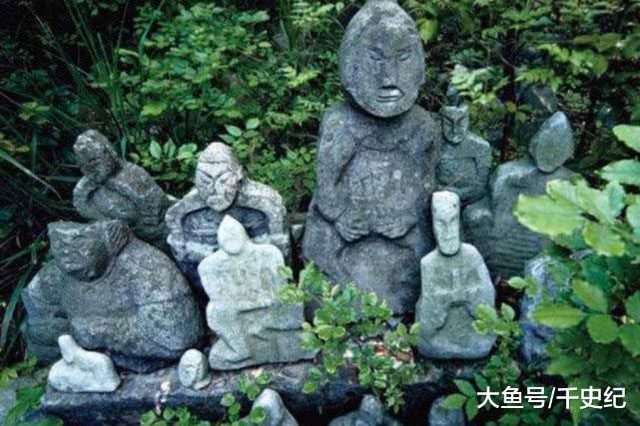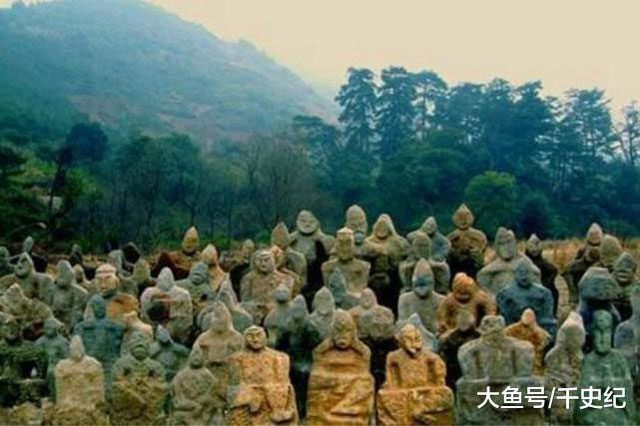When discussing the army of over 8,000 Terracotta Warriors of Qin Shi Huang, many are astonished at its scale and admire the wisdom of ancient people.
However, an archaeological discovery in a village deep within the mountains of southern Hunan Province, China, will make many rethink.
The “Forbidden Area” of 700 Years in China
Deep within a forested mountain region where sunlight struggles to penetrate, lies a mysterious abandoned village known as Guangdong Village. Historical records indicate that this village has existed for over 700 years.
Local villagers have passed down tales from their ancestors that the mountain surrounding this village is extremely enigmatic, referring to it as the “forbidden area.” No villagers from previous generations dared to venture onto this mountain alone, except during times of war or natural disaster when they would approach its base to offer prayers.
The village elders often advised people to avoid entering this area to prevent calamity. For 700 years, the village has remained uninhabited.
Strange occurrences began to unfold 30 years ago.
After heavy rains, villagers would see strange stone figurines appearing at the foot of the mountain. These stone figures varied in size, with some only a few centimeters tall, while others resembled real people.
Why are there stone figures in this mountainous region?
This phenomenon attracted the attention of nearby villagers, and some brave individuals planned an expedition to uncover the secrets of this forbidden land.

Strange stone figurines appearing at the foot of the mountain. (Photo: Sina).
The next day, a group of villagers ventured into the mountains, but soon they fled in terror. A strong wind blew, and a dense fog enveloped them, filling their minds with unimaginable sounds. They were confused and could see nothing. Frightened, they ran back. No one dared to return to the mountain again.
A Wonder in the Deep Forest
Some villagers proposed the idea of reporting to the local Cultural Heritage Bureau. They promptly organized a team of experts to investigate the site.
After closely examining the stone figurines at the foot of the mountain, archaeologists found that their heights ranged from 1 meter to 30 centimeters. The rough shapes indicated that most of these stone figures were made about 5,000 years ago and are cultural relics from the time of the legendary emperors Yao and Shun.
To truly uncover the secrets, the archaeological team decided to brave the mysterious “forbidden area.” Overcoming the terrifying rumors that had shrouded this mountain and village for 700 years, the team finally sighed in relief upon arriving safely.
Before them lay a sight that one might see only once in a lifetime: There are tens of thousands of statues, as if this place were a kingdom of stone figures.

This is a vast sacrificial site. (Photo: Sina)
They were astonished to see numerous stone figures in various forms: some seated, some standing, some resembling soldiers, some depicting officials holding memorial tablets, and others portraying powerful generals…
Experts reviewed historical documents from the Pre-Qin period and speculated that this is a vast sacrificial site and concluded that it must be the burial site of the ancient Emperor Shun. Therefore, experts believe that many of the stone figures here represent the souls of the deceased, crafted by later generations to accompany Emperor Shun.
Moreover, the archaeological team also discovered that some stone figures were concealed underground.
The discovery of these tens of thousands of stone figures immediately sent shockwaves throughout China. Experts believe that this is the largest group of ancient stone figures ever found. It could be referred to as another “world wonder” after the Terracotta Army of Qin Shi Huang.
This discovery of the stone figurine complex has become a remarkable archaeological find in China. Today, it is listed as an important cultural heritage site that is carefully protected.


















































